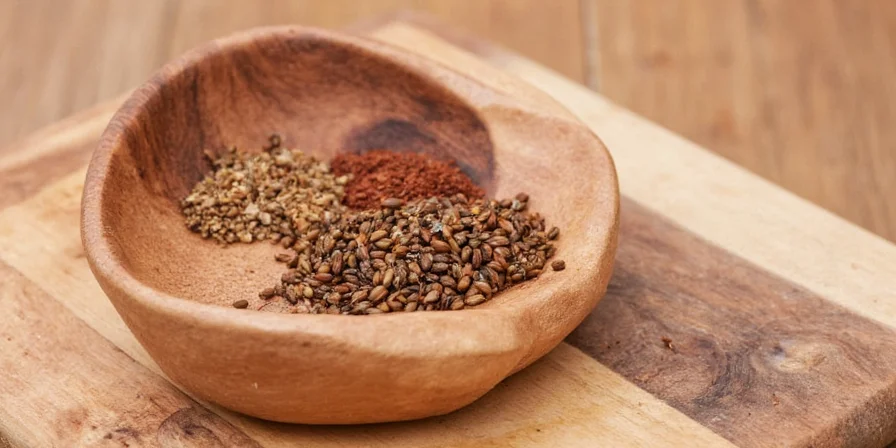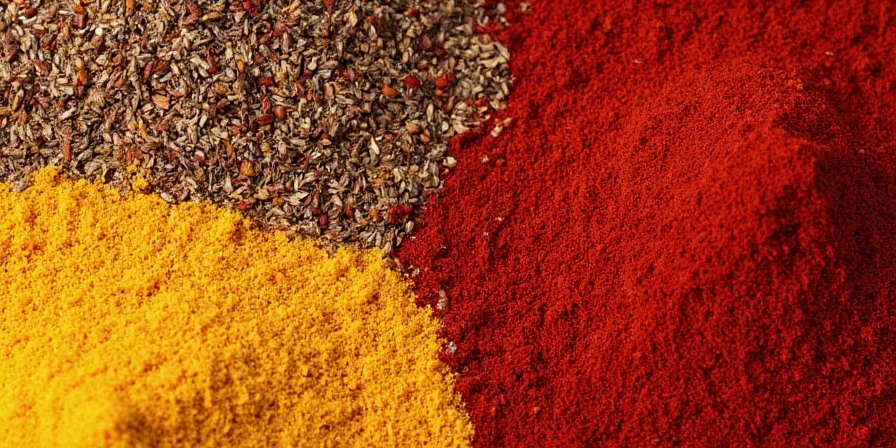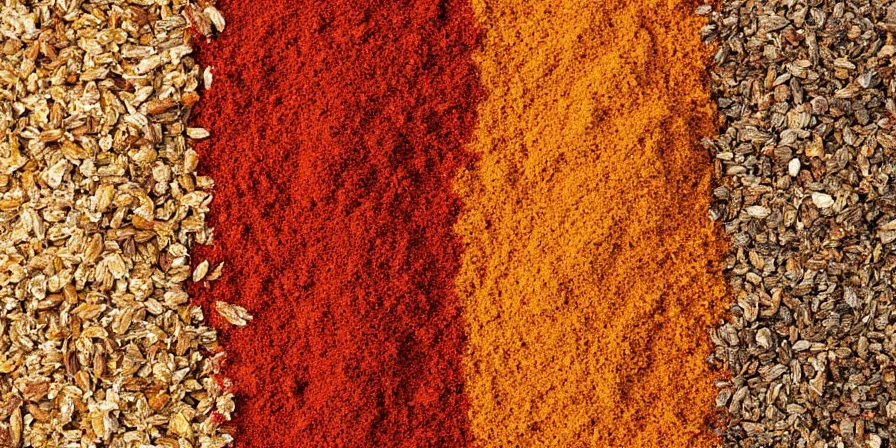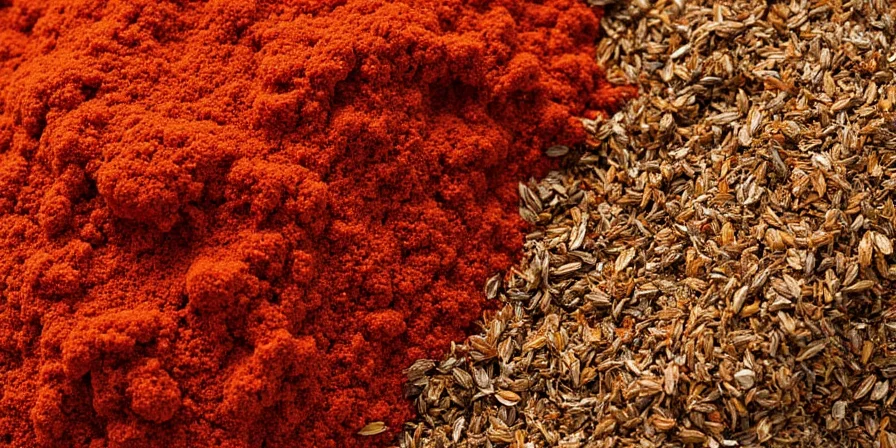If your spices taste bitter, you're not alone. The fastest fix? Add 1-2 teaspoons of acid (lemon juice or vinegar) or a pinch of salt to neutralize bitter compounds immediately. For cooking emergencies, dairy products like yogurt or cream work best for spice-based bitterness. This guide reveals exactly why spices turn bitter and how to fix it in under 60 seconds - with science-backed solutions that actually work for home cooks.
Why Spices Turn Bitter (And How to Fix It Fast)
Bitterness in spices isn't always a mistake - it's often a natural flavor compound that becomes overwhelming when improperly handled. The good news: most bitter spice problems can be fixed in under 2 minutes with household ingredients. Understanding why bitterness occurs is the first step to fixing it:
- Over-toasting: Spices like cumin or coriander turn bitter when toasted beyond 350°F
- Excess quantity: Just 1/4 teaspoon too much fenugreek can ruin a curry
- Improper blooming: Adding spices to cold oil instead of hot oil creates harsh bitterness
- Old spices: Spices lose volatile compounds over time, leaving only bitter elements

Common bitter spices ranked by intensity - understanding this spectrum prevents cooking disasters.
5 Immediate Fixes for Bitter Spices (That Actually Work)
- The Acid Rescue Method - Add 1-2 tsp lemon juice or vinegar per cup of liquid. Works in 30 seconds for most Indian and Middle Eastern dishes.
- Dairy Neutralization - Stir in 2-3 tbsp yogurt, cream, or coconut milk. Best for creamy curries and soups.
- Sweetness Balance - Mix 1 tsp honey or sugar with 2 tsp water. Use sparingly for tomato-based sauces.
- Dilution Technique - Double the recipe base (add more tomatoes, broth, or coconut milk) without additional spices.
- Starch Absorption - Add raw potato slices (remove after 5 minutes) or a slice of bread to absorb excess bitterness.
| Problem | Best Fix | Time Required |
|---|---|---|
| Over-spiced curry | Dilution + Dairy | 5 minutes |
| Bitter garam masala | Acid Rescue | 2 minutes |
| Burnt toasted spices | Start over (no fix) | N/A |
Preventing Bitter Spices Before They Happen
Professional chefs avoid bitter spice disasters through these precise techniques:
- Temperature-Controlled Toasting: Heat spices to exactly 325°F (use infrared thermometer) - never above 350°F where bitterness compounds form
- Oil Bloom Method: Add spices to hot oil for exactly 45 seconds, then immediately add liquid ingredients
- Freshness Test: Rub spices between fingers - if aroma is weak, replace them (most ground spices last only 6 months)
- Measurement Precision: Use grams instead of teaspoons - 0.5g difference can prevent bitterness in potent spices like fenugreek

Correct toasting temperature prevents 90% of bitter spice problems before they start.
Common Bitter Spices and Their Fixes
Each bitter spice requires specific handling:
- Turmeric - Bitter when raw; always bloom in oil first. Fix: Add pinch of baking soda (1/16 tsp per tsp turmeric)
- Fenugreek - Becomes intensely bitter if overused; use 1/4 tsp max per pound of meat. Fix: Balance with date syrup
- Szechuan pepper - Should be numbing, not bitter; toast only 20 seconds. Fix: Add citrus zest
- Mustard seeds - Burn easily; cook in medium heat only. Fix: Add honey mustard to dish
- Cumin - Bitter when over-toasted; toast 30 seconds max. Fix: Add tomato paste

Visual identification helps prevent using the wrong spice variety that causes bitterness.
When Bitterness Is Actually Good (And How to Control It)
Not all bitterness is bad - it's essential for complex flavors when properly balanced:
- The 1:3 Ratio Rule - For every part bitter spice, use 3 parts sweet/fat component (e.g., 1/4 tsp fenugreek + 3/4 tsp date syrup)
- Timing Matters - Add bitter spices early for mellow flavor, late for pronounced bitterness
- Fat Selection - Coconut oil binds better to bitter compounds than butter for turmeric-based dishes
- Genetic Factor - 35% of people are "supertasters" more sensitive to bitterness; reduce amounts if cooking for Asian populations

Perfect ratios transform bitterness from flaw to signature flavor dimension in professional cooking.
Bitter Spice Myths Debunked
Common misconceptions that lead to cooking mistakes:
- Myth: Bitter spices mean they've gone bad.
Truth: Many spices like fenugreek and nigella are naturally bitter - this doesn't indicate spoilage. - Myth: All bitterness must be removed.
Truth: Controlled bitterness (0.8-1.2% concentration) enhances flavor complexity in professional dishes. - Myth: Bitterness means you used too much spice.
Truth: Often it's improper toasting or blooming technique, not quantity, that causes bitterness.
3 Foolproof Recipes That Embrace Bitterness
These recipes intentionally use bitterness for professional-level flavor:
1. No-Bitterness Curry Base
Mix 2 tsp garam masala with 1 tbsp oil at 325°F for 45 seconds, then immediately add 1 cup coconut milk. The precise temperature prevents bitterness while maximizing flavor.
2. Fenugreek Balance Sauce
Combine 1/4 tsp toasted fenugreek with 3/4 tsp date syrup and 2 tbsp yogurt. The 1:3 ratio creates complex flavor without overwhelming bitterness.
3. Citrus-Enhanced Spice Blend
Add orange zest AFTER cooking to bitter spice blends - the delayed acid addition preserves bright notes without amplifying bitterness.

Proper technique makes bitterness work for you, not against you.
FAQ: Fixing Bitter Spices
Why did my spices suddenly taste bitter?
Spices turn bitter primarily from three causes: over-toasting (above 350°F), improper blooming in cold oil instead of hot, or using stale spices where volatile compounds have degraded. The most common mistake is toasting spices too long - most should only toast for 30-45 seconds.
Can you fix bitter spices after the dish is cooked?
Yes, but method depends on the dish. For liquid-based dishes (soups, sauces, curries), add acid (lemon juice), dairy (yogurt), or sweetness (honey) in small increments. For dry dishes, it's harder to fix - try adding complementary ingredients like tomatoes or coconut milk. In severe cases, starting over may be necessary.
How do I prevent bitter garam masala?
Prevent bitter garam masala by blooming it correctly: heat oil to 325°F, add masala for exactly 45 seconds while stirring constantly, then immediately add liquid ingredients. Never add garam masala to cold oil or let it toast longer than 1 minute. Store in airtight container away from light to maintain freshness.
Which spices are naturally bitter?
Many spices have natural bitterness: fenugreek (most potent), turmeric, nigella seeds, Szechuan pepper, and mustard seeds. This bitterness is normal and contributes to complex flavor profiles when properly balanced. Bitterness becomes a problem only when these spices are mishandled or overused.
Key Takeaways for Perfect Spice Balance
The secret to fixing bitter spices isn't complicated - it's understanding that most bitterness comes from improper technique, not the spices themselves. Remember these three rules: 1) Never toast spices above 350°F, 2) Always bloom in hot oil for exactly 45 seconds, 3) Use the 1:3 ratio for balancing bitter elements. With these simple techniques, you'll transform bitter spice disasters into culinary successes every time. The next time your spices taste bitter, reach for lemon juice or yogurt first - you'll fix the problem in minutes without starting over.

Master these techniques to eliminate bitter spice problems permanently in your cooking.











 浙公网安备
33010002000092号
浙公网安备
33010002000092号 浙B2-20120091-4
浙B2-20120091-4